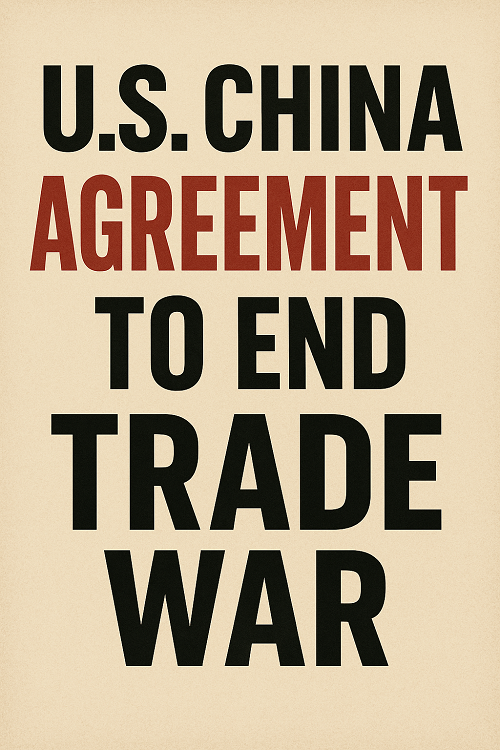The demands which the U.S. had been making, and which seem to have been met by China, provide in indication of the kind or preventive
steps and policing which will be required for the implementation of the agreement between the two countries. It may be a little astonishing to the
rest of the world that there are as many as 29 pirate plants in China, the
largest of then being the Shenfel Company, which was closed down along
with seven other plants. Among the pirate plants was the one charged with
having made more than 50 million counterfeit copes of razor blades
produced by Gillette’s joint venture in Shanghai. The other pirated
products were compact discs, the annual production of which is aid to be
China to end such piracy, Chinese administrators have made it clear that
as much as 75 millions. Though its agreement with the U.S. commits
the U.S. would be unrealistic in seeking a hundred percent compliance
with its demands. This is because the Chinese authorities will required
evidence and proof that piracy had taken place. Even where closures of
pirate plants have been enforced, it will not be possible to ensure that they
will not resume their operation again. The sizable revenue generation from
the sale of pirated producted within China could also weaken the will of
the authorities for a vigorous enforcement of the anti-piracy laws.
After having persuaded China to agree to such terms for the
protection of intellectual property rights, the U.S. is likely to step up
pressure on India to fall in line. The case for protection of intellectual
property rights rests upon the claims for reaping exclusive benefits from
the marketing of products made by their designers and inventors, and the
right for legal protection from their being pirated. The U.S. may well be
within its rights in expecting India and other countries to enact anti-piracy
laws if they do not already exist, and enforce them with determination.
Such enforcement would also be possible in cases where such piracy could
be readily proved. But, as the Chinese authorities seem to have rightly
pointed out, it will be unrealistic to ask for results of the kind which would
satisfy the U.S., for reasons which should not be overlooked.
And estimate made by Gillette Ltd., the Chinese joint venture
company, that the sales of the pirated “look-alikes” exceeded 10 millions.
for instance, merits some attention for the questions it raises. While legal
proceedings could be initiated in cases where it would be possible to
establish that the “look-alikes” were counterfeit, it will not be possible in
all cases, and for very good reasons. If the “look-alike” embody a
different process or technology, and if this could be proved, it could
invalidate charges of violation of IPR? It would also convincingly reveal a
presence of inventive genius, far more widespread than the U.S. crusaders
for protection or IPR would like to believe. The obsession of the U.S. with seeking world-wide enforcement of IPR should, therefore provide an
inducement for scientists and R&D establishments in India and other
countries to sharpen their own inventive and designing capabilities, and
demonstrate that they are not exclusively American
